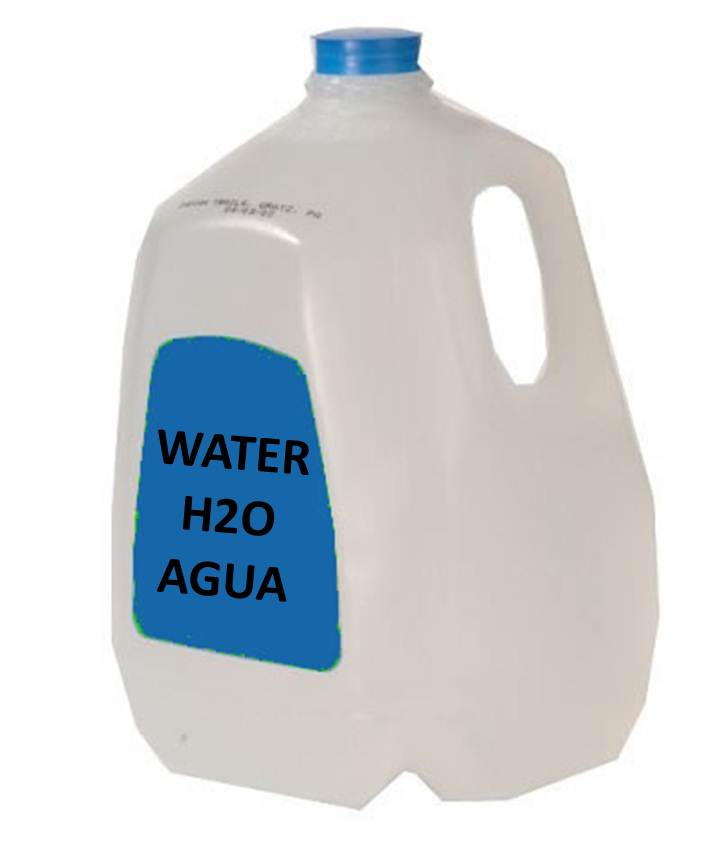Being Prepared for the Worst in a Time of Disaster
|
|
By now, we've all seen the videos and pictures, and we've all heard the stories and the personal accounts of how people were affected. Needless to say, April 27th, 2011, was without a doubt one of the largest disasters in Alabama history. Statistically speaking, outbreaks of that magnitude only happen every 30 or 40 years, which makes April 27th an anomoly. However, Alabama is always staring down the barrel of the gun when it comes to natural disasters. Between severe weather season and tropical weather season, it seems we are always in the crosshairs. Now is the time to prepare yourself and your family for the next disaster. Have an Emergency Kit ready and a Disaster Plan in place, and be informed so you don't get caught off-guard. The following is the final part a 3-part series to help you do just that.
|
| Prepare an Emergency Kit Ahead of Time |
| In the wake of a natural disaster, local officials and emergency personnel will be on scene, but they may not be able to reach you immediately. This means you need to have the necessary things on hand to help you survive until help arrives. Experts suggest having an emergency kit prepared that will help you survive for 3 days, but you may need to survive on your own for as long as a week. Here is a list of items that you should have in a basic Emergency Kit (apapted from www.ready.gov): |
- Water, one gallon of water per person per day for at least three days, for drinking and sanitation
- Food, at least a three-day supply of non-perishable food
- Battery-powered or hand crank radio and a NOAA Weather Radio with tone alert and extra batteries for both
- Flashlight and extra batteries
- First aid kit
- Whistle to signal for help
- Dust mask, to help filter contaminated air and plastic sheeting and duct tape to shelter-in-place
- Moist towelettes, garbage bags and plastic ties for personal sanitation
- Wrench or pliers to turn off utilities
- Can opener for food (if kit contains canned food)
- Local maps
- Cell phone with chargers, inverter or solar charger
|
 |
|
|
Additional Items to prepare:
-
Prescription medications and glasses
-
Infant formula and diapers
-
Pet food and extra water for your pet
-
Cash or traveler's checks and change
-
Important family documents such as copies of insurance policies, identification and bank account records in a waterproof, portable container. Emergency reference material such as a first aid book or information from www.ready.gov.
-
Sleeping bag or warm blanket for each person. Consider additional bedding if you live in a cold-weather climate.
-
Complete change of clothing including a long sleeved shirt, long pants and sturdy shoes. Consider additional clothing if you live in a cold-weather climate.
-
Household chlorine bleach and medicine dropper – When diluted nine parts water to one part bleach, bleach can be used as a disinfectant. Or in an emergency, you can use it to treat water by using 16 drops of regular household liquid bleach per gallon of water. Do not use scented, color safe or bleaches with added cleaners.
-
Fire Extinguisher
-
Matches in a waterproof container
-
Feminine supplies and personal hygiene items
-
Mess kits, paper cups, plates and plastic utensils, paper towels
-
Paper and pencil
-
Books, games, puzzles or other activities for children
For a downloadable version of this checklist, click here.
|
| |
|
Remember, taking care of these things ahead of time could save your life, as well as the lives of your loved ones. Plan ahead! Parts 2 and 3 of "Being Prepared for the Worst in a Time of Disaster" will include "Having a Plan" and "Being Informed".
|
|